1. Cleopatra Was Egyptian
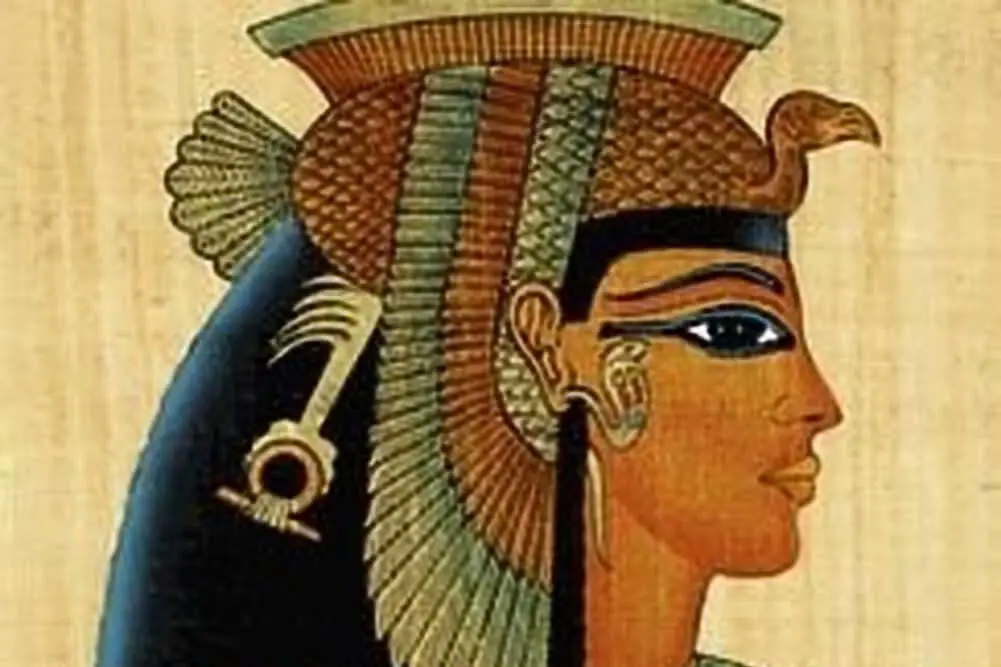
While Cleopatra is often depicted as a quintessential Egyptian queen, she was actually of Greek descent. She belonged to the Ptolemaic dynasty, which ruled Egypt after Alexander the Great’s empire split. The Ptolemies were originally from Macedon, and Cleopatra herself was born in Alexandria, not in the heart of Egypt. She was the first of her family to learn the Egyptian language and embraced many Egyptian customs, but her heritage was firmly Greek shares Live Science.
This misconception likely persists because of Cleopatra’s association with Egypt’s most famous ruler. However, it’s important to note that her Greek background influenced much of her political and cultural decisions, making her more of a Hellenistic monarch than a true Egyptian one adds Smithsonian Magazine.
2. The Pyramids Were Built by Slaves
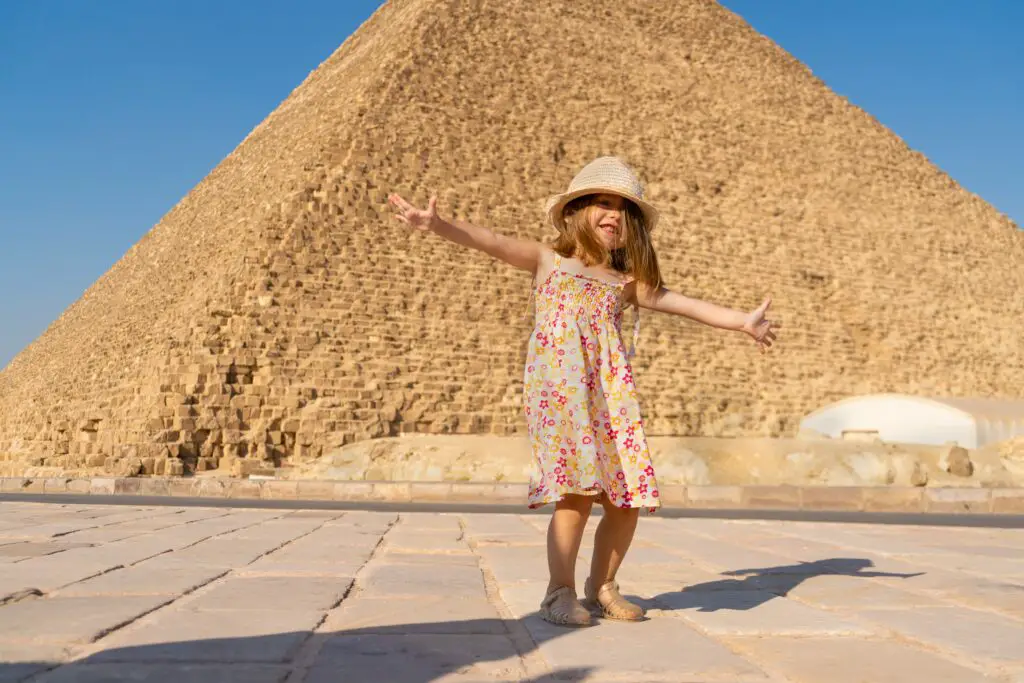
One of the most persistent myths is that the pyramids were constructed by slaves, but evidence suggests this simply isn’t true. Archaeologists have discovered workers’ tombs near the pyramids, and these workers were well-fed, respected, and paid for their labor. Many of them were skilled craftsmen and laborers who took pride in their work, believing they were contributing to something sacred shares Open Culture.
These workers were not the underprivileged slaves often depicted in Hollywood films, but rather a workforce that included seasonal laborers, volunteers, and skilled artisans. The misconception likely stems from ancient records describing slavery in Egypt, but this was not the case when it came to pyramid construction explains Harvard Magazine.
3. Mummies Were Made to Preserve the Body for the Afterlife
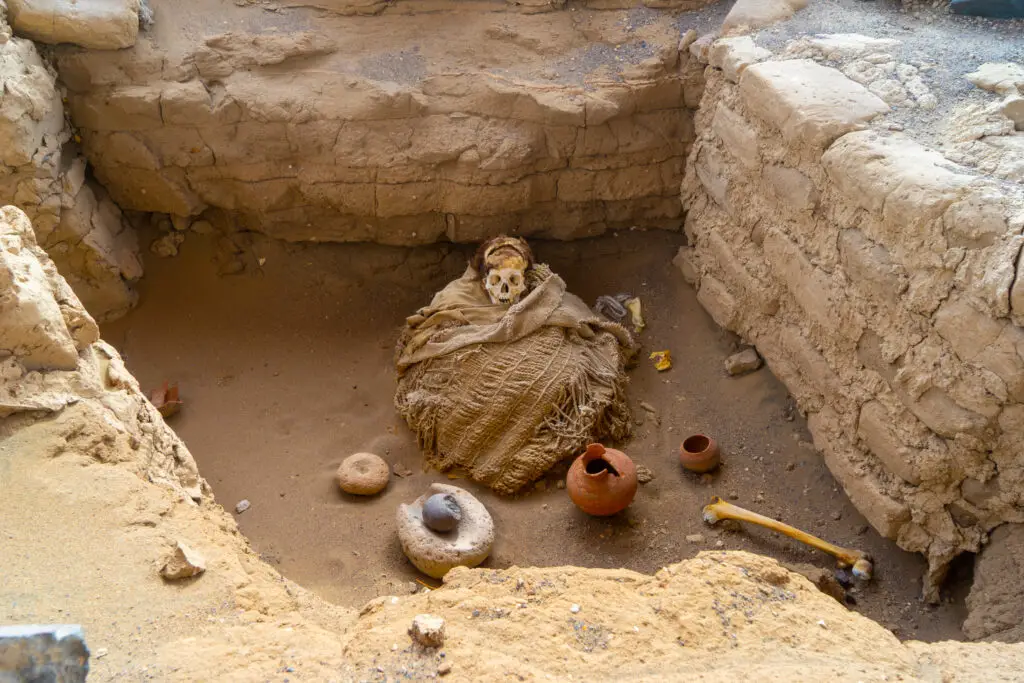
While the preservation of the body was an important aspect of ancient Egyptian burial practices, it wasn’t just for the afterlife. Egyptians believed that the soul would require its body to survive in the afterlife, but they also thought the body would be inhabited by spirits that could aid in the journey. The elaborate process of mummification was intended to ensure the body’s survival in the realm of the dead.
Mummification also reflected the Egyptian belief in immortality and the physical preservation of the deceased’s essence. By preserving the body, they believed it would maintain a connection to the living world and remain an integral part of the person’s eternal soul.
4. The Great Sphinx Was Built by Pharaoh Khafre
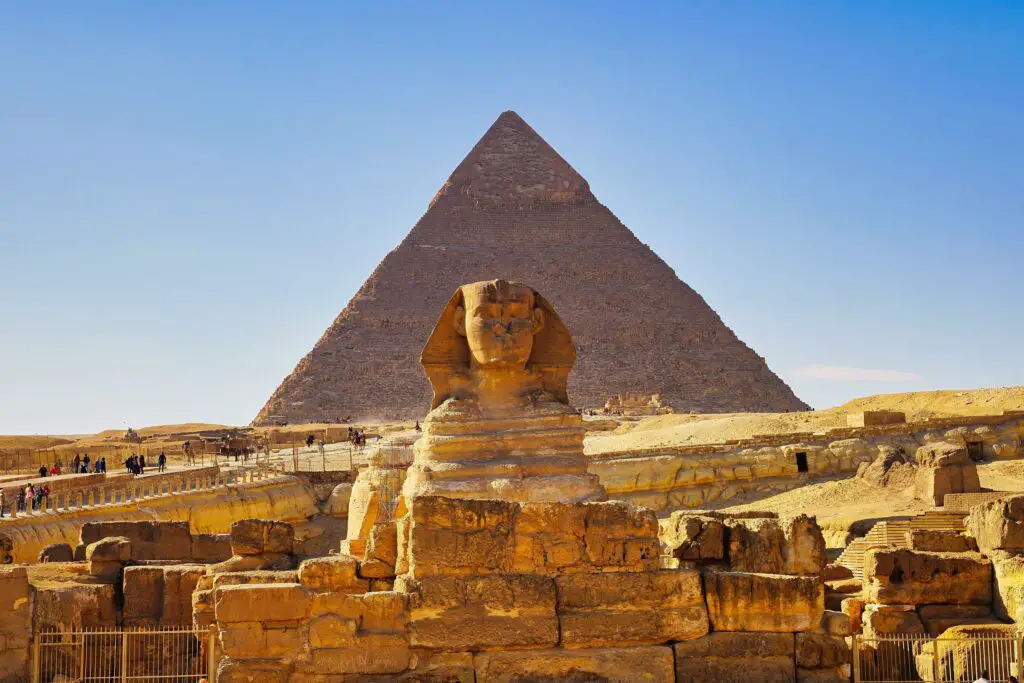
Although the Great Sphinx is often associated with Pharaoh Khafre, who built a nearby pyramid, there’s no concrete evidence that he was the one who created it. Some experts argue that the Sphinx may have been built earlier, possibly during the reign of Pharaoh Khufu, or even by an unknown ruler.
The debate over who built the Sphinx stems from its features, which appear to be more aligned with earlier periods in Egyptian history. The connection to Khafre is likely based on later inscriptions and interpretations of the Sphinx’s purpose as a guardian for the nearby pyramid complex.
5. Ancient Egyptians Worshipped Only Their Pharaohs

Although the pharaoh was considered a god-king, ancient Egyptians worshipped many deities, with the pharaoh being just one in a vast pantheon. Gods like Ra, Osiris, Isis, and Anubis were central to Egyptian religion, each overseeing different aspects of life and death.
The pharaoh, while important, was only one of many divine figures, and his role was to act as an intermediary between the gods and the people. Worship in ancient Egypt was more about honoring various gods through rituals and offerings to secure favor in both this life and the next.
6. Ancient Egyptians Only Wore Linen

While linen was indeed the most common fabric used in ancient Egypt, it wasn’t the only material. Egyptians also wore garments made from wool, leather, and even silk, which was introduced later in the dynasty. For the wealthy, clothing was often embroidered or decorated with gold threads and precious stones.
The idea that Egyptians only wore linen likely comes from depictions in art and the climate of Egypt itself. Linen was lightweight and breathable, making it the ideal choice for the hot and dry environment. However, other materials did play an important role in the fashion of the time.
7. All Pharaohs Were Men
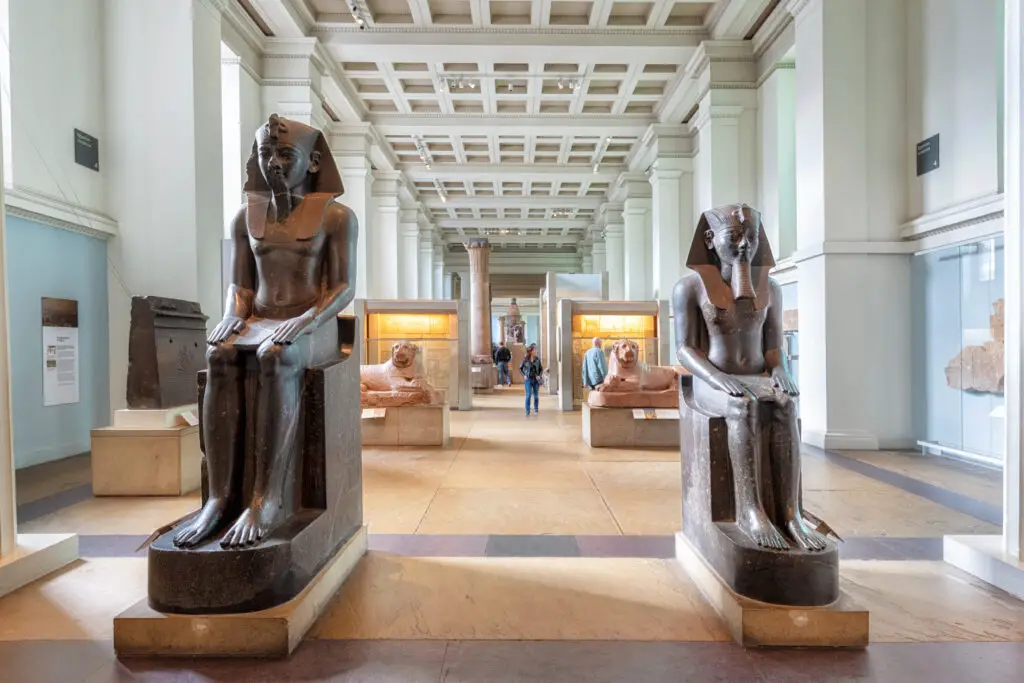
The idea that pharaohs were always male is a common misconception, as many of the most famous rulers of Egypt were men. However, several women also ruled as pharaohs, the most famous being Hatshepsut, who reigned as pharaoh for over two decades. She even portrayed herself as a male ruler in many of her depictions, donning the traditional male pharaoh attire to strengthen her position.
Another prominent female pharaoh was Cleopatra VII, who ruled Egypt during the Ptolemaic period. These women were not mere figureheads but powerful rulers who played key roles in Egypt’s political and cultural history.
8. The Egyptian Gods Were All Human-Like Figures
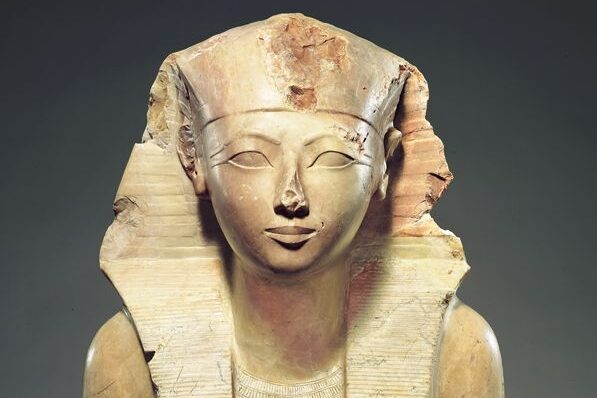
While many Egyptian gods were depicted in human form, many of them had animal heads or features to represent different aspects of nature or human behavior. For example, the god Horus is often depicted as a man with the head of a hawk, symbolizing his connection to the sky and kingship.
The depictions of gods in various animal forms were symbolic and helped convey their divine attributes. These forms were a way to communicate the qualities and powers of the gods rather than just being a literal representation of them as human-like figures.
9. The Pyramids Were Built Using Advanced Technology
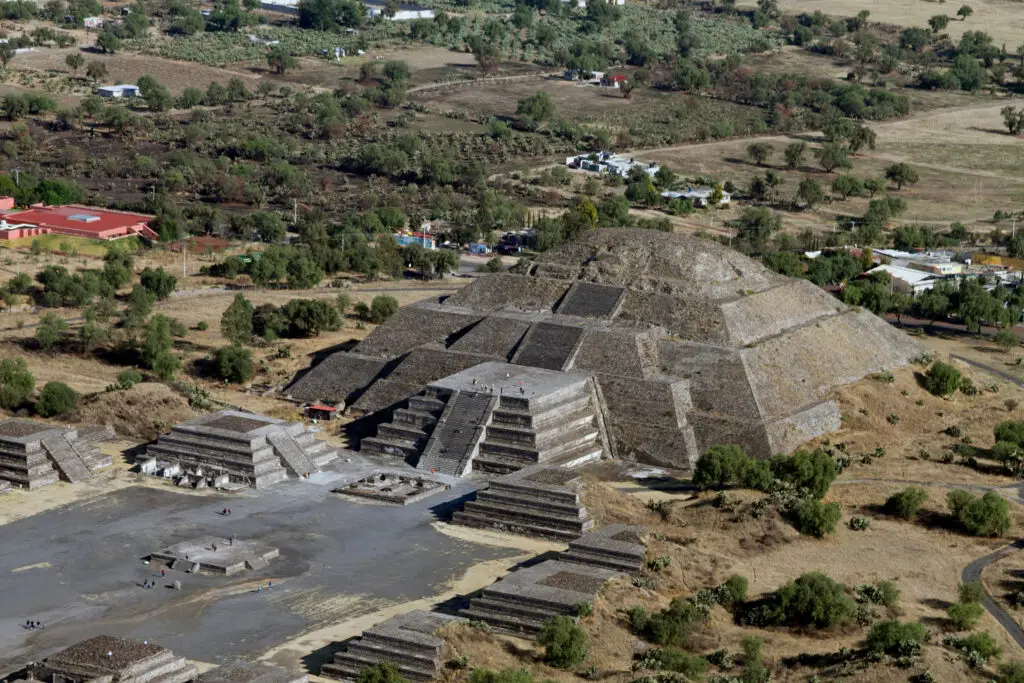
While the construction of the pyramids was a remarkable feat, it’s often exaggerated that ancient Egyptians used advanced technology like cranes or other modern tools. In reality, they relied on simple tools such as copper chisels, ramps, and levers, along with a highly organized workforce.
The Egyptians’ success in pyramid building was due to their innovative understanding of engineering and labor management. They used these methods over many years, making gradual improvements to the construction process, leading to the pyramids’ stunning precision.
10. Mummification Was Reserved for Pharaohs and Nobles
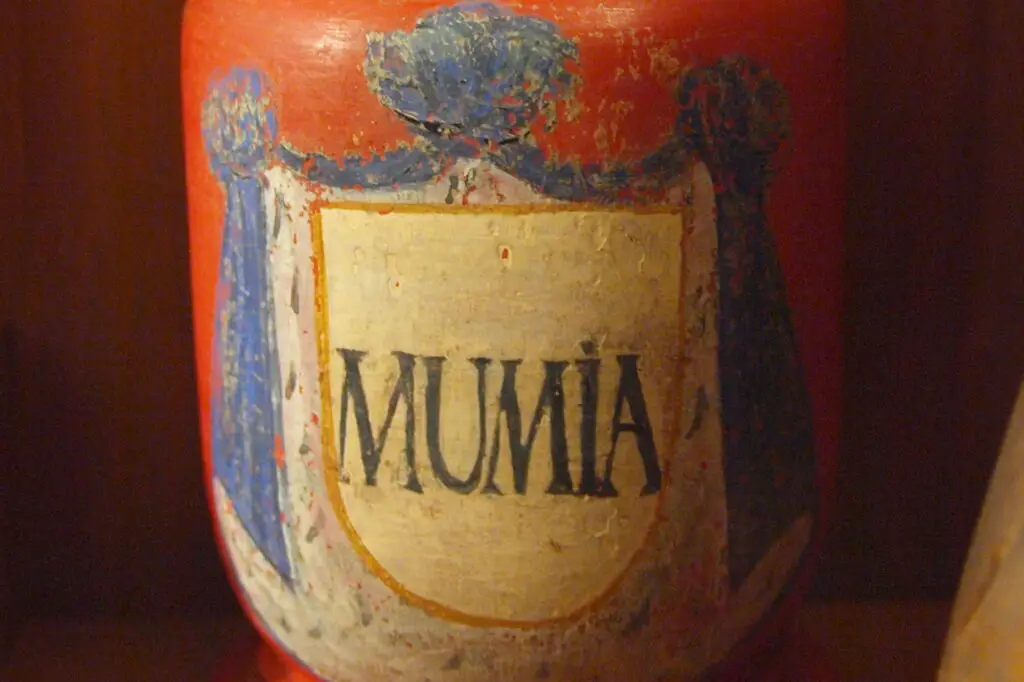
Although mummification was most closely associated with the elite, the ancient Egyptians mummified people of various social classes. While pharaohs and high-ranking officials received elaborate mummifications, ordinary people could also undergo the process, albeit in a simpler form.
The practice of mummification was linked to the belief in an afterlife, and many Egyptians sought to preserve their bodies for eternity. Evidence from archaeological digs shows that the mummification process was accessible to a wider range of people than is commonly believed.
11. The Egyptians Invented the First Calendar
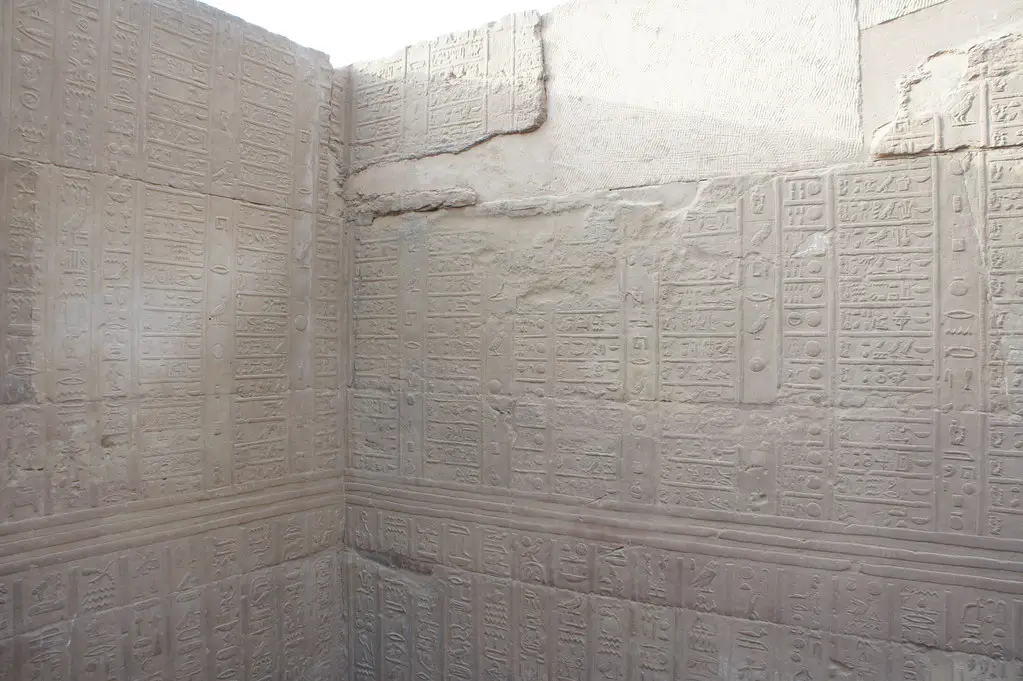
While the Egyptians are often credited with creating the first calendar, the truth is a bit more nuanced. The Egyptian calendar was based on a 365-day year, but this was not entirely original. Other ancient cultures, such as the Sumerians, had developed their own methods of timekeeping before the Egyptians.
What the Egyptians did contribute was the solar calendar, which was one of the earliest to align with the solar year. Their calendar helped shape the way we divide time today, though it wasn’t the first time civilizations had attempted to track the passage of time.
12. The Egyptians Believed in a Flat Earth

The notion that ancient Egyptians believed the Earth was flat is a modern misconception. In fact, there is evidence to suggest that Egyptians understood the Earth to be spherical. This knowledge likely came from their observations of the stars and the natural world.
The Egyptians may not have had the same scientific methods we use today, but they were keen astronomers who were able to observe celestial bodies and the shape of the Earth. Their worldview was based on spiritual and symbolic representations rather than literal interpretations.
13. Pyramids Were Used as Tombs for Pharaohs Only
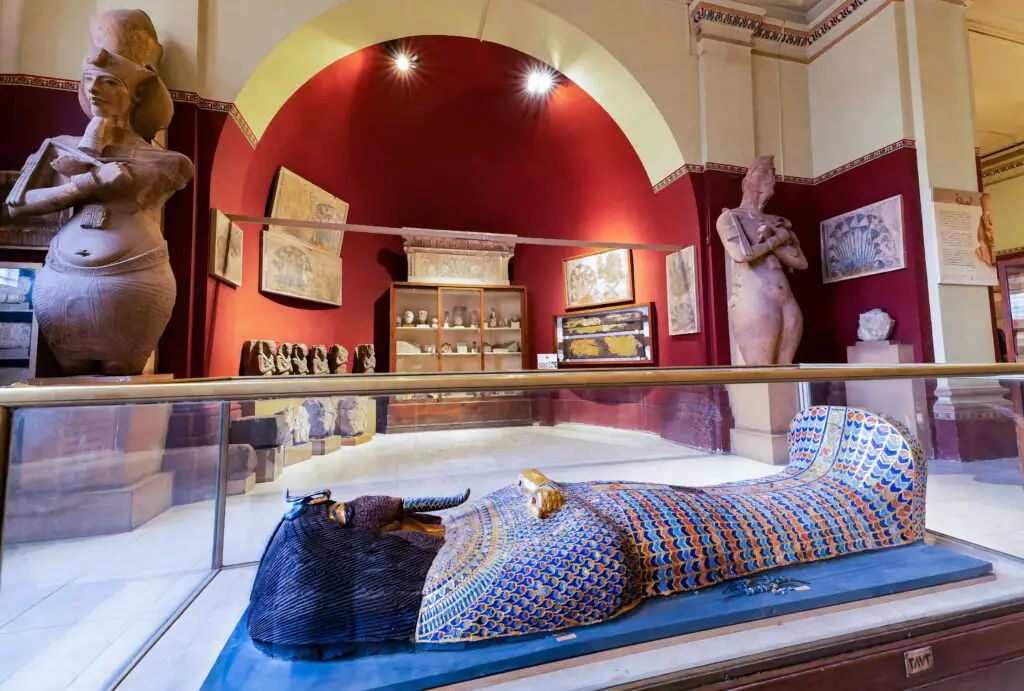
While the Great Pyramid of Giza is famously the tomb of Pharaoh Khufu, not all pyramids were used exclusively for pharaohs. In fact, many were constructed for high-ranking officials, and some even housed entire families.
The misconception that pyramids were reserved solely for pharaohs likely comes from the grandeur and prominence of the Great Pyramid. However, Egyptian tombs varied greatly, and pyramids were built for individuals of many social ranks, from royalty to powerful officials.
14. The Ancient Egyptians Only Wrote in Hieroglyphs
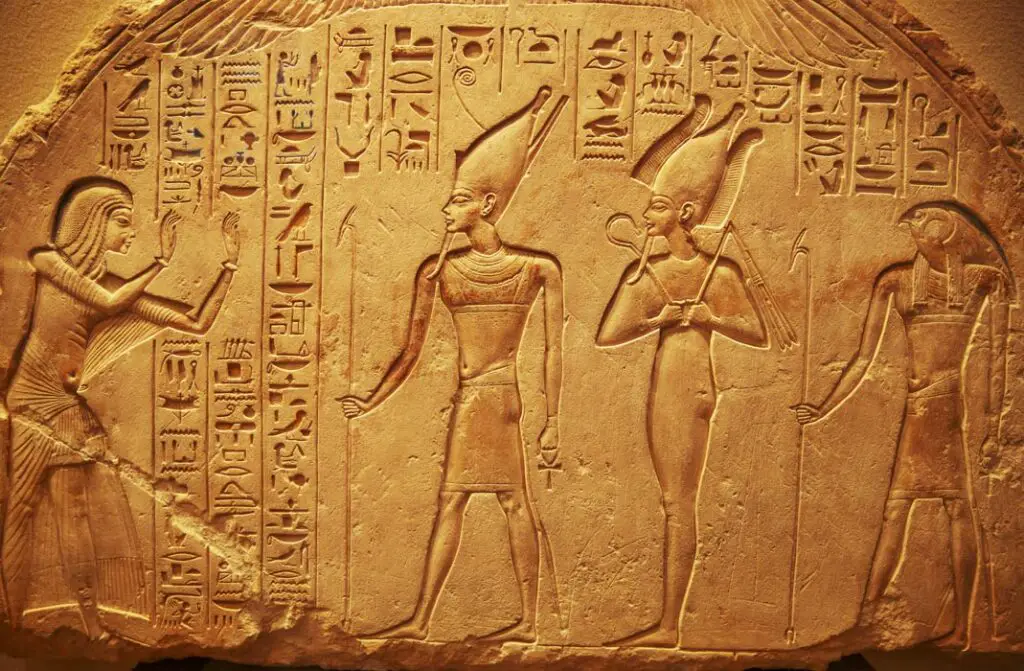
Although hieroglyphs were the most famous form of writing in ancient Egypt, they weren’t the only method used. Egyptians also used a form of cursive script known as hieratic, which was faster to write and used primarily for religious texts and official documents.
In addition to hieratic, they developed another script called demotic, which was even more simplified and used for everyday writing. While hieroglyphs are often the most remembered form of Egyptian writing, these other scripts were just as important in the day-to-day administration and communication of the ancient world.
